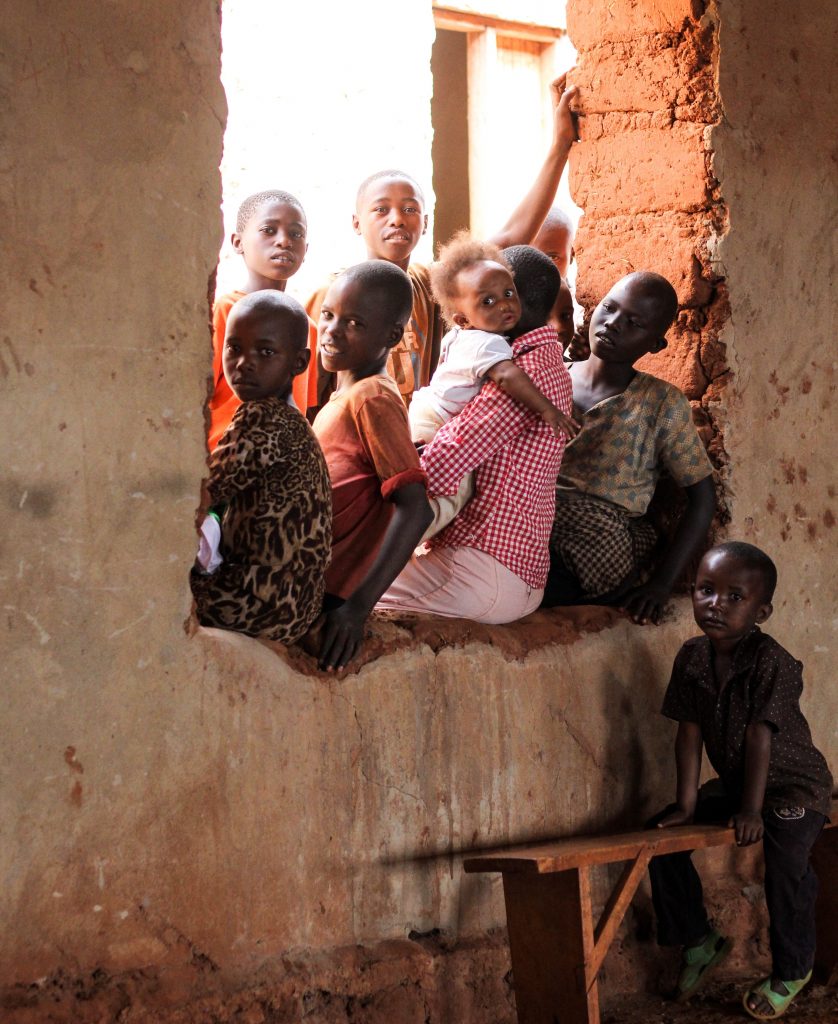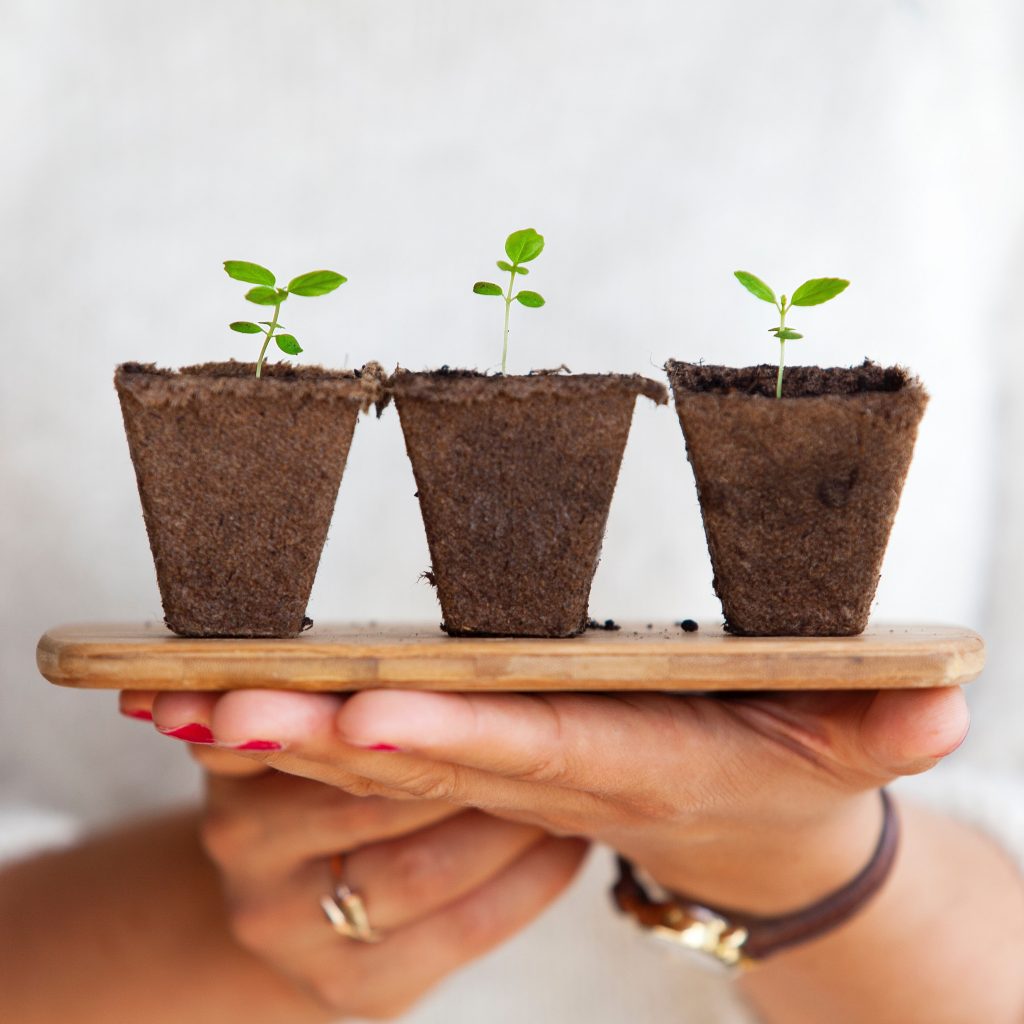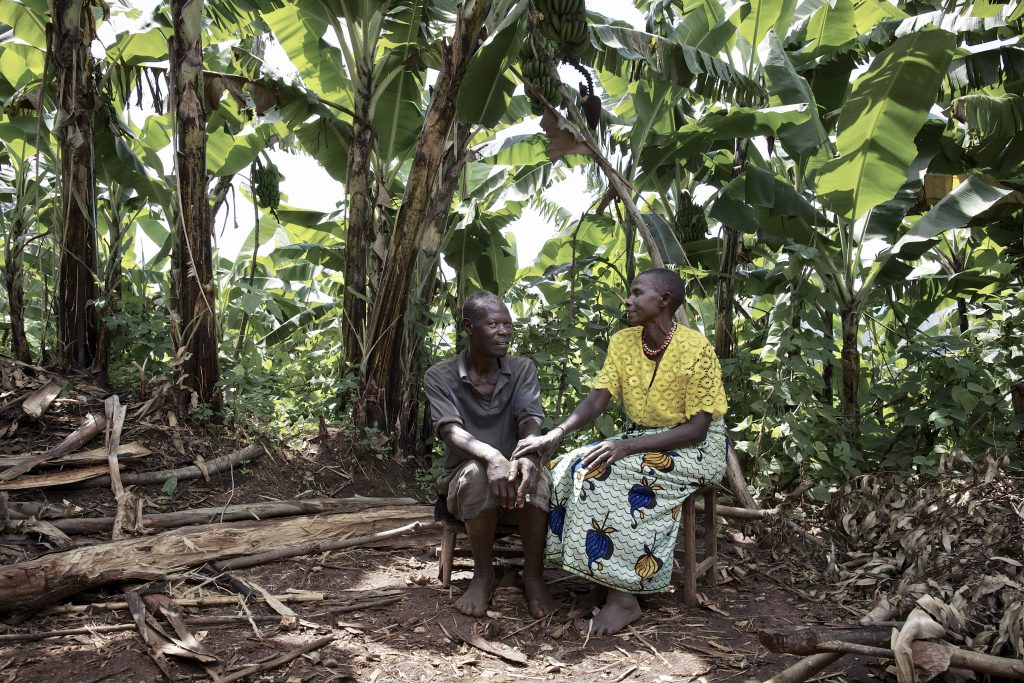War clouds over Korea, terror on the streets… It can feel as though a peaceful world is a receding dream. But a small group of activists scattered across the globe is turning dreams into reality, peace by peace
Picture this. Africa, somewhere. A man and a woman, sitting together, in green shade. Husband and wife, or perhaps mother and son – her face soft with care as her hand rests on his arm. It’s a peaceful image, in a world fast becoming less so.
There was a time, after the end of the Cold War and its proxy battles, when it seemed as though violence had gone out of fashion. As peacebuilding experts International Alert note, the number of wars under way had dropped from 50 in 1990, to just 30 in 2010. Decades-long conflicts in Colombia, Myanmar, the Philippines and elsewhere were sealed in peace accords. Just a few years on, and the picture is bloodied again, with new wars bringing the total back up to 40, and new, alarming types of terrorism surging fear into the heart of the world’s great cities once more.

Reconciliation efforts have been central to Rwanda’s response to the 1994 genocide. Image: Hanna Morris
But there’s another story out there. It rarely makes the news, but it holds out quiet hope behind the headlines. It’s a story of peacebuilding; of finding ways to bring people together, to defuse anger before it explodes, to build resilience into shattered communities.
Mapping out hope in the slums
The Arab Spring burst into life in Tunis in 2011, fuelled by years of frustration among a generation of young, often underemployed men. Several years on, many of the hopes they felt then have withered, as old corrupt patterns re-emerge. Some turn to gangs and crime, some to Islamist extremism, including Islamic State, which found a ready source of recruits among them.
Give stories, not stuff
Inspire someone this Christmas with a Positive News magazine gift subscription
But in two of the most deprived districts of the capital, Ettadhamen and Douar Hicher – often described as hotbeds of radicalism – others are busy using a version of the OpenStreetMap app to map out their neighbourhoods. No one has ever done so before, as the areas were seen as simply slums. Now, in a partnership with International Alert, young men and women are using their newly created maps to pinpoint places in need of basic services: rubbish collection, a health post, or road improvements to tackle an accident blackspot. And they are helping shape how local budgets are allocated, with the Ettadhamen municipality allocating half its spending to be decided by citizen forums, with a third of their members under the age of 35.
As Hassen, one of the participants, says: “At first the authorities didn’t believe in us. They thought we were just taking pictures with our phones. But now they have seen our achievements, they respect us.”
Planting peace in Syria
A garden might seem the gentlest of responses to Syria’s vicious, intractable war. But giving children the chance to grow their own fruit and vegetables in school plots not only ensures they eat better in a country where agricultural supply chains have been badly disrupted. It also instils a sense of nurturing; of sowing seeds – literally – for the future. A joint EU–UN project has seen gardens created in 17 schools, including in conflict zones such as Aleppo, Hama, Homs and Idlib. Teachers are trained to deliver gardening skills, and water tanks and drip irrigation help ensure a good harvest. More than 12 tonnes of fruit and vegetables have been produced to date.

Schoolchildren in Syria are being taught to grow fruit and vegetables in school plots. Image: Daniel Hjalmarsson
The children are taking their learning back home. As the mother of one girl, Bilasan from rural Damascus, says: “She’s planted strawberries, and every morning she gets the hose and waters the plants and tells me ‘this is what I learned at school, mum!’”
The scheme is now being extended to another 35 schools, thanks to support from the Japanese government.
The magazine and movement that’s changing the news for good.
Join as a Positive News subscriber
In Lebanon, meanwhile, International Alert is running peace education classes to help traumatised Syrian refugee children such as 12-year-old Aboud, whose elder brother was a fighter, and who wanted to follow in his footsteps to become a brigade commander, even after he was killed.
His teacher, Aida, says: “The children [have been] surrounded only by violence, so no wonder that is how they respond. How they express it is different, but they all feel rage. We are showing them that there is another way to be, to behave. At first the parents were not sure. Now they are asking for classes to happen twice a week, for adult classes, and for longer classes.”
Hatem, Aboud’s father, is among them. Sceptical at first, he noticed a change in his son as the teachers gradually gave him ways to express anger and show leadership without bullying his classmates. “I never expected it to work [but I’ve seen] his behaviour change even at home. Instead of breaking plates after a meal, he now washes them.”
The children [have been] surrounded only by violence, so no wonder that is how they respond. We are showing them that there is another way to be, to behave
Rwanda: land of a thousand healings
Rwanda’s extraordinary recovery after the trauma of the 1994 genocide owes much to its adoption of reconciliation, rather than retribution, as a response. With hundreds of thousands of perpetrators and victims on either side, it had little choice. A system of local courts imposed sentences, many of which included elements of community work. But healing takes time – time to talk, and to listen. Local NGOs collaborated with International Alert to set up ‘dialogue clubs’, bringing attackers and those they hurt – many of whom still live in the same villages – together.

Aloys and Patricia worked through their shared trauma. Image: Carol Allen-Storey for International Alert
People like Aloys and Patricia, pictured above. Neither husband and wife, nor mother and son, but rather, a one-time killer and his prey. During the genocide, Aloys was part of a group who attacked Patricia with machetes, leaving her for dead, after most of her family had been killed. Two decades on, they live as neighbours. Dialogue clubs have helped them come to terms with their past.
After serving eight years in jail, Aloys faced many more years of shame and isolation, not to mention fear of revenge, but thanks to the clubs, he says, he was able to approach Patricia and other victims and ask their forgiveness. “This has given me the dignity I lost when I was in jail.”
Patricia, too, has been able to find some solace. She says: “There is no future for peace unless we can live in peace with our neighbours, even if they were among those who attacked me.”
SMALL MIRACLES
Grassroots initiatives like these may seem a fragile gesture in the face of the horror of war. But by healing wounds, and turning potential killers away from violence, they’re achieving small miracles – for the merest fraction of what is spent on fighting. Globally, the total budget for peacebuilding of all kinds in 2016 was $10bn – and that includes some major peacekeeping operations. By comparison, military expenditure in that year was $1.7tn (£1.3tn)– close to 200 times as much. And the cost of conflict to the world’s economy in the same period? $14.3tn (£10.8tn). If ever there were a case for investment, this is surely it.

